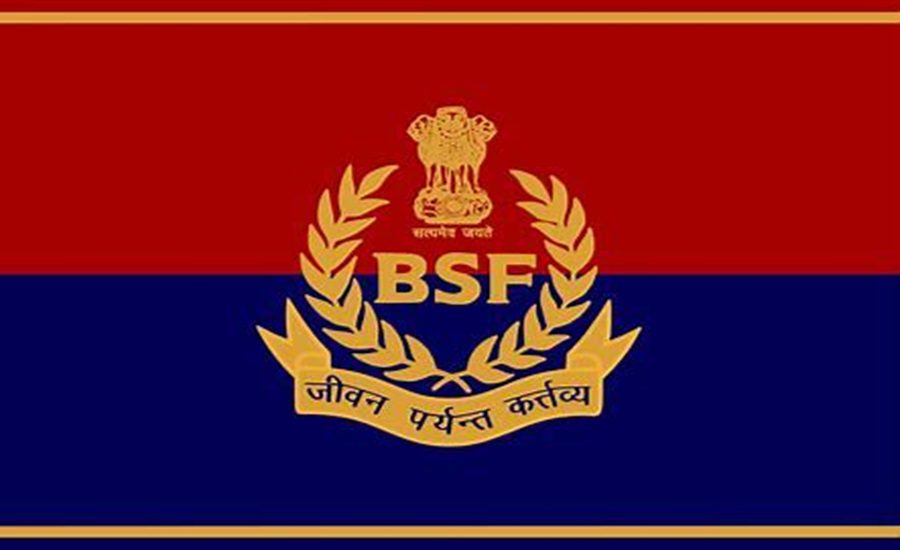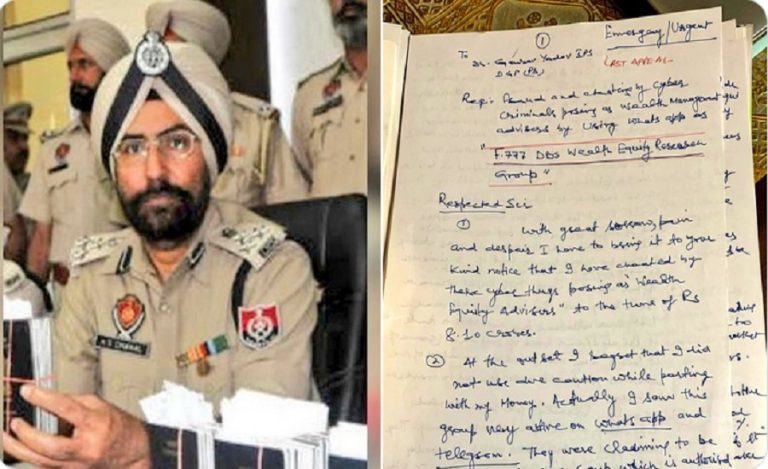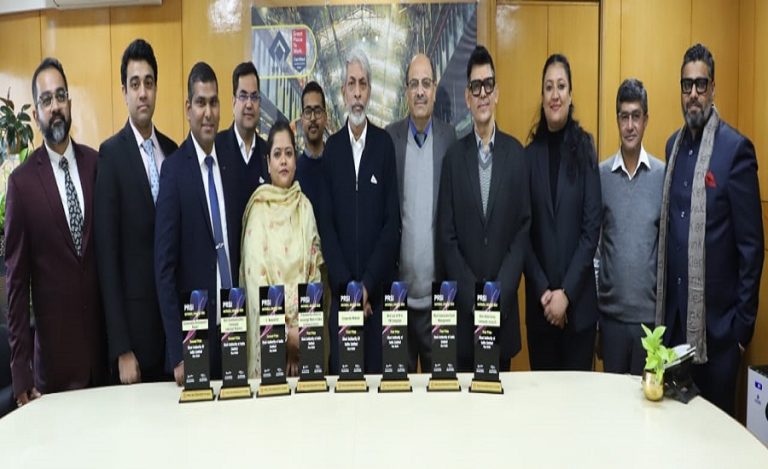Gwalior: In a groundbreaking move that blends gender empowerment with cutting-edge defence technology, the Border Security Force has raised its first all-female drone unit—the “Durga Drone Squadron”—at its academy in Gwalior, Madhya Pradesh. This initiative represents a significant step for India’s border-guarding forces to incorporate more women in frontline technological roles while enhancing surveillance and responsiveness.
Background of Durga Drone Squadron
The BSF Academy’s School of Drone Warfare (SDW) in Gwalior has been actively training personnel in unmanned aerial systems (UAS), counter-drone operations and related artificial intelligence applications.
With evolving threats—from cross-border infiltration, smuggling to drone-based surveillance—this school’s establishment aligns with India’s broader “Make in India” and modernization push.
Importance of the Durga Drone Squadron
Empowering Women in Defence: The step bridges gender inclusion and operational readiness, showcasing women leading in drone and surveillance operations.
Technological Edge: Drones provide swift aerial surveillance, remote monitoring and frontier intelligence capabilities where manual patrols may be risky.
Strategic Messaging: By putting women in high-tech operational roles, BSF sends a strong signal about the evolving nature of India’s internal and border security forces.
Future Model for CAPFs: This unit is expected to serve as a template for other Central Armed Police Forces to follow in women-led tech squads.
Challenges Ahead
Technical Complexity & Rapid Upgradation: Drone warfare demands constant training, software updates, autonomous and counter-UAS tactics. Maintaining state-of-the-art readiness is vital.
Integration with Existing Systems: Linking the drone squadron’s output with ground intelligence, patrol units and other CAPF assets is challenging.
Operating in Diverse Terrains & Conditions: Border operational zones include deserts, mountains, forests where drones may face weather, terrain and signal issues.
Human Resource Retention & Role Expansion: Ensuring career growth, mission relevance and continuous skill-upgradation for women officers engaged in high-tech roles.
Implications of Durga Drone Squadron
This initiative could reshape how India’s border security ecosystem evolves:
- Enhanced Surveillance Reach: All-female drone teams increase manpower and operational hours, improving coverage.
- Operational Flexibility: Drone units can be quickly deployed for smuggling interception, infiltration detection and disaster response.
- Gender-Inclusive Force Culture: Demonstrates institutional commitment to women’s roles beyond traditional functions, into high-tech and frontline tasks.
- Replicable Model: Other CAPFs may replicate the model, creating more women-centric tech squads across defence and internal security.
Way Forward
Expand Training & Fleet: Scaling the drone fleet and expanding training facilities will ensure greater geographic coverage and tech variety.
Regional Units & Outreach: Establish regional detachments under the “Durga” model to decentralise operations and reduce response times.
Continuous Skill Development: Focus on AI, autonomous UAVs, swarm drone tactics and integration with wider C4ISR (Command, Control, Communications, Computers, Intelligence, Surveillance and Reconnaissance) systems.
Strengthen Ground-Air Coordination: Build seamless coordination between drone units, ground patrols, intelligence networks and cyber-systems for integrated operations.
Promote Women in Tech Defence Careers: Use this as a springboard for broader recruitment and leadership pathways for women in drone and cyber defence roles.



























